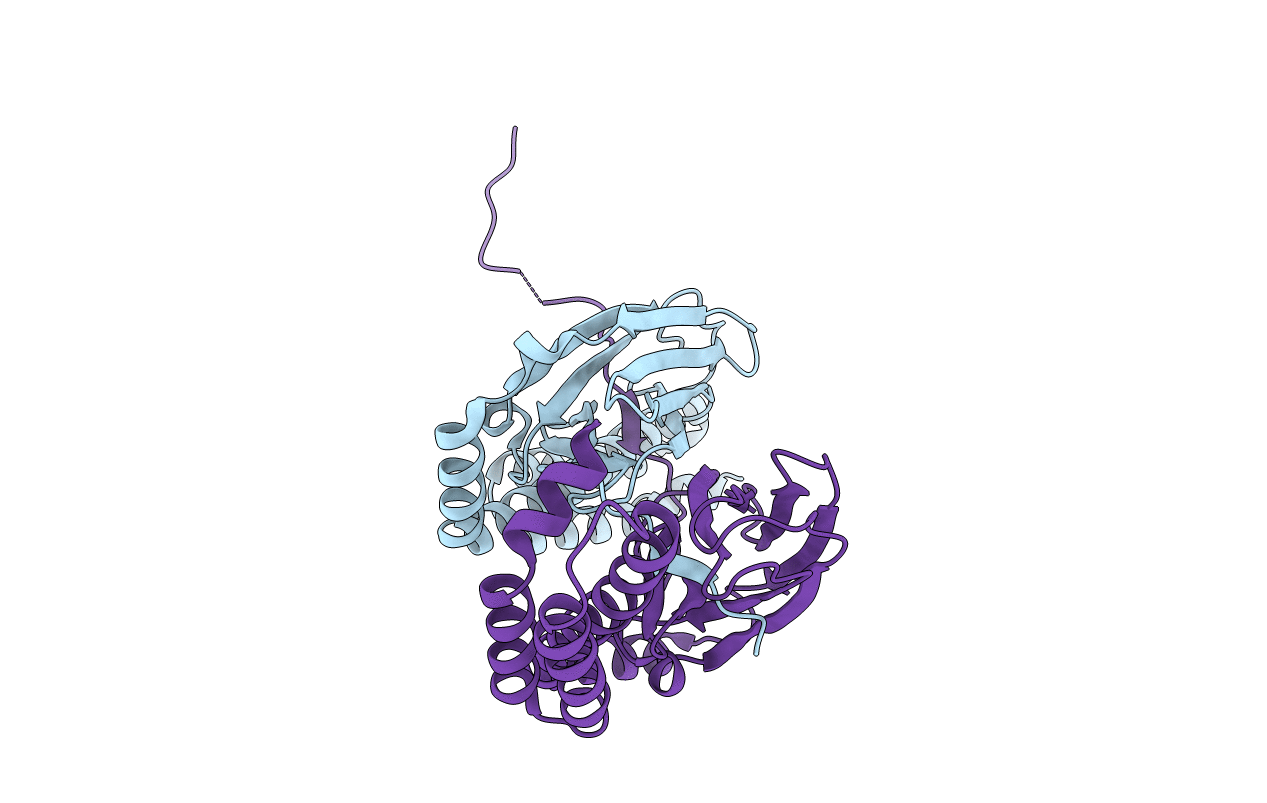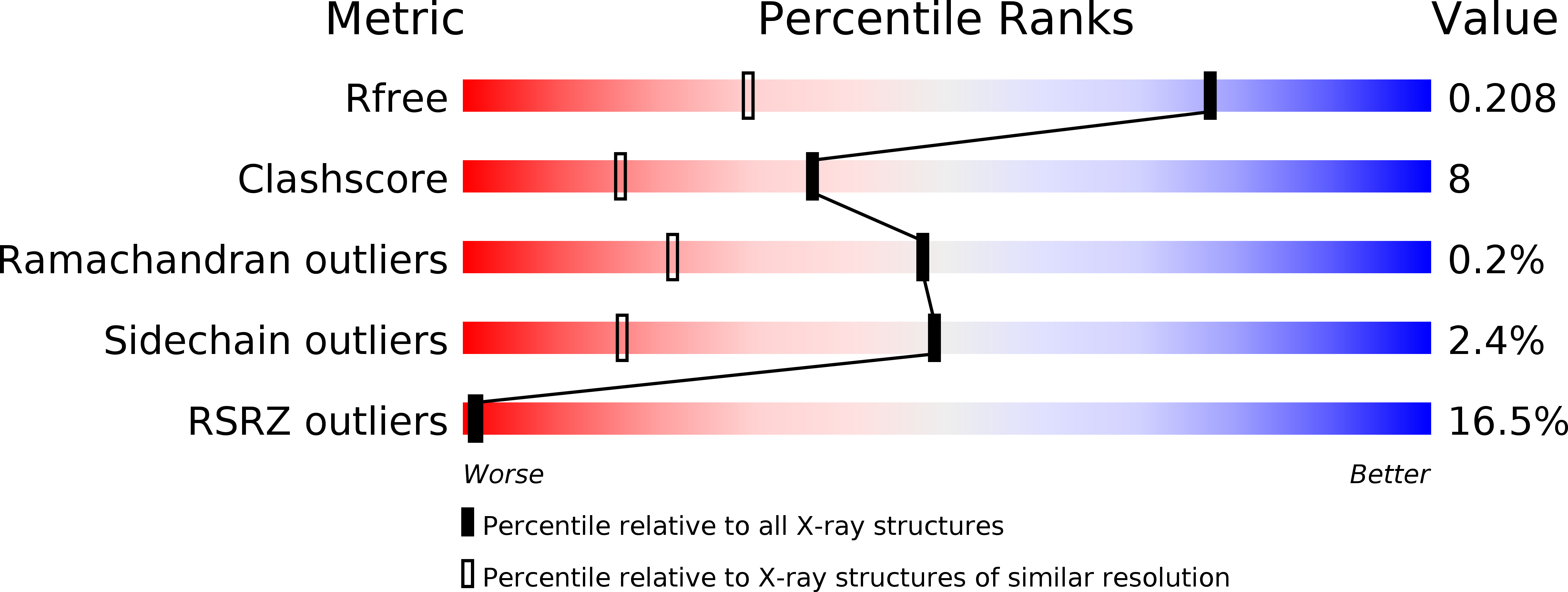
Deposition Date
2012-05-03
Release Date
2013-04-17
Last Version Date
2024-02-28
Method Details:
Experimental Method:
Resolution:
1.40 Å
R-Value Free:
0.21
R-Value Work:
0.16
R-Value Observed:
0.16
Space Group:
P 1 21 1


